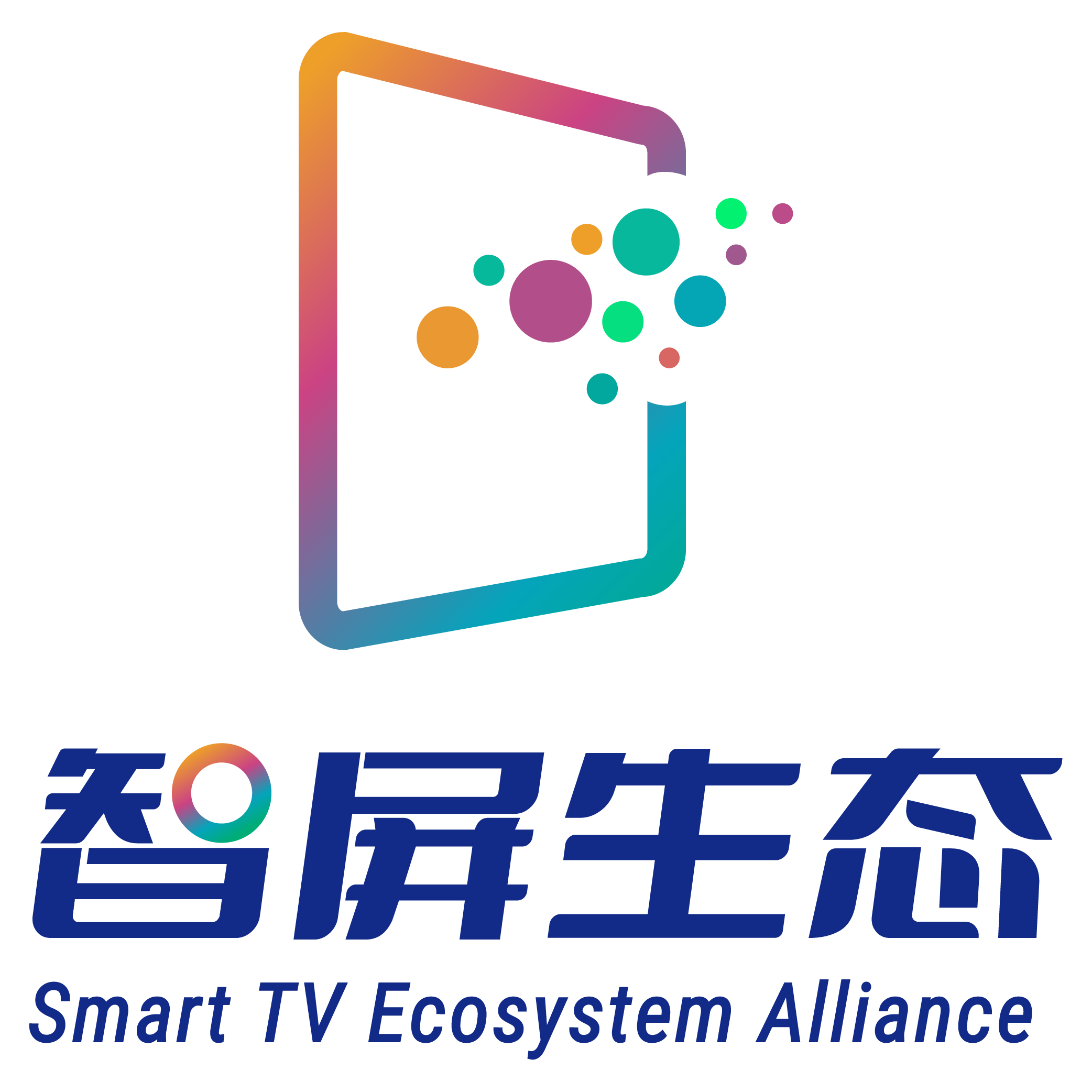springBoot+thymeleaf+layui后端极速做前后端开发
序好几年没写前端页面了,当时还是jQuery的天下,现在都是vue。基本上是能看懂,但是自己写不太会。现在决定重新学习下前端,也为以后一些小活做做准备。今天主要是来跟大家分享下springBoot + thymeleaf + layui。一、依赖引入<!-- thymeleaf支持 --><dependency><groupId>org.springframew
序
好几年没写前端页面了,当时还是jQuery的天下,现在都是vue。基本上是能看懂,但是自己写不太会。现在决定重新学习下前端,也为以后一些小活做做准备。
今天主要是来跟大家分享下springBoot + thymeleaf + layui。
一、依赖引入
<!-- thymeleaf支持 -->
<dependency>
<groupId>org.springframework.boot</groupId>
<artifactId>spring-boot-starter-thymeleaf</artifactId>
</dependency>
二、layui引入
layui本月初决定退出江湖了,但是对于后端开发来说,要自己整点东西无疑还是最好最优秀的选择。现在layui的创始人贤心将layui项目放在了github和码云上,有其他爱好者自建了“官网”。要接入还是可以找到好多官网跟文档的,最新版本现在是2.6.8。
下载到的文件放在static目录下:
三、配置文件
thymeleaf配置
spring:
thymeleaf:
cache: false #缓存,如果要热部署设置为false
prefix: classpath:/templates/ #静态页面前置目录
check-template-location: true #本地模板检查
suffix: .html #页面后缀
encoding: UTF-8 #页面编码
servlet:
content-type: text/html #页面类型
mode: HTML #页面模式,其实可以设置为HTML5、LEGACYHTML5(非严格检查格式,这个还需要其他包引入)
下面就是静态资源配置,这里有2种方式,一种是配置文件,一种是配置类
配置文件
spring:
mvc:
static-path-pattern: /** #静态资源父级路径
web:
resources:
static-locations: classpath:/resources/,classpath:/static/ #静态资源映射目录
以上2个配置是配合使用,这样页面上引入css、js,只要文件是放在static目录下,就不会出现404。
替代方式,配置类
在MyWebMvcConfigurer类,实现 WebMvcConfigurer配置类,注意WebMvcConfigurerAdapter已过时、WebMvcConfigurationSupport不推荐,如果用继承WebMvcConfigurationSupport表示接管springBoot的Mvc配置,会导致配置都不生效。
重写方法addResourceHandlers
@Override
public void addResourceHandlers(ResourceHandlerRegistry registry) {
registry.addResourceHandler("/**")
.addResourceLocations("classpath:/templates/")
.addResourceLocations("classpath:/static/")
.addResourceLocations("classpath:/resources/");
WebMvcConfigurer.super.addResourceHandlers(registry);
}
这里唯一要说的是用配置、跟类的页面上面引入文件的路径可能不能ctrl 点击跳转进去。其实这跟项目设置了上下文有关,我这里因为想到后面方便nginx做配置,所以设置了项目的上下文。如果不设置这个,其实是没有影响的。
三、示例页面
<!DOCTYPE html>
<html lang="en" xmlns:th="http://www.thymeleaf.org">
<head>
<link rel="shortcut icon" th:href="@{/favicon.ico}"/>
<link rel="bookmark" th:href="@{/favicon.ico}"/>
<link rel="stylesheet" type="text/css" th:href="@{/layui/css/layui.css}"/>
<script type="text/javascript" th:src="@{/layui/layui.js}"></script>
<script>
//一般直接写在一个js文件中
layui.use(['layer', 'form'], function () {
var layer = layui.layer
, form = layui.form;
layer.msg('Hello World');
});
</script>
</head>
<body>
<div id="allmap"></div>
</body>
</html>
很多人可能会遇到idea这么牛逼的编辑器上还没有语法提示,其实是因为你的页面没有正确指定。
如果没有这个,所有th是不会有语法提示的,后面的一些取值、渲染肯定也不会有。 然后就是这引入文件的路径,常理按住ctrl点击css、js文件可以跳转,但是现在因为我这里的配置问题是不会点击进去的,但是页面上测试确实是没有路径问题的,可以试。四、设置首页
还是在MyWebMvcConfigurer类,增加重写方法
@Override
public void addViewControllers(ViewControllerRegistry registry) {
registry.addViewController("/").setViewName("forward:/index");
registry.setOrder(Ordered.HIGHEST_PRECEDENCE);
WebMvcConfigurer.super.addViewControllers(registry);
}
注意registry.addViewController("/").setViewName(“forward:/index”);也可以写成registry.addViewController("/").setViewName(“forward:/index.html”);
写成上面那种需要再controller类写方法
/**
* 首页
*
* @return
*/
@GetMapping("/index")
public ModelAndView index() {
ModelAndView mv = new ModelAndView();
mv.setViewName("index");
return mv;
}
这个不需要我解释吧。。。。
然后再补充一个关于favicon.ico,这个是浏览器上显示的那个小图标。这里也需要将favicon.ico文件放到static目录,这个图片有好多网站可以在线制作。
页面上再head里加上下面2句就ok了
<link rel="shortcut icon" th:href="@{/favicon.ico}"/>
<link rel="bookmark" th:href="@{/favicon.ico}"/>
五、看效果

页面上能出Hello Word,控制台没有css、js的404就是ok的了。剩下的就是可以拿layui的例子改改,然后套上接口,用thymeleaf语法取值,写页面交互,fly you self了。
更多推荐
 已为社区贡献1条内容
已为社区贡献1条内容







所有评论(0)